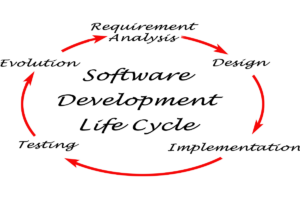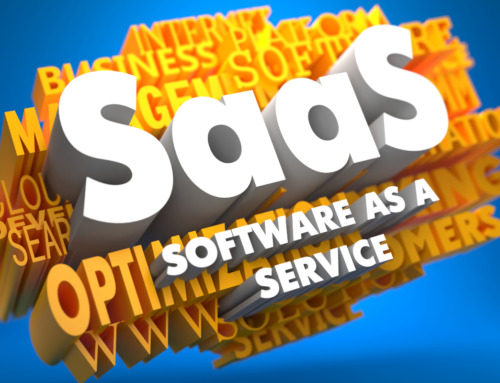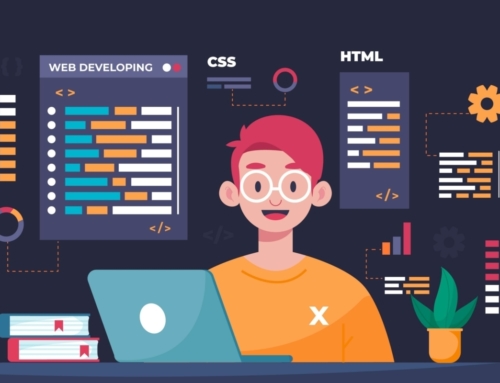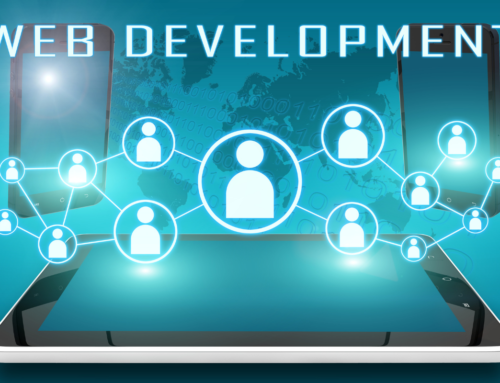Introduction Of SDLC:
Software Development Life Cycle (SDLC) is an application framework that describes the stages involved in developing software at different phases. It is a sequence of steps used to create any software application. It describes the complete cycle of growth in the detail required for planning, building, deploying, testing and maintaining the software product.
Software Development Life Cycle Process:
To deliver a high quality and customer-centric product, a proper series of steps must be followed under the SDLC. SDLC ensures that the entire life cycle of the software product, right from planning till the deployment and discarding of the product, is followed. Therefore, following the SDLC often leads to the tremendous success of the product.
Purpose:
The main reason to implement the SDLC is to meet and satisfy the customer requirement by delivering a high-end product.
SDLC has defined several phases like Requirement Gathering, Designing, Coding, Testing and Maintenance. Care must be taken that each of these steps is followed to get the desired output. There should be equal communication and collaboration among the development team then it will lead to failure, and hence It is necessary to have sound knowledge of the SDLC cycle.
Working of the SDLC
The Software Development Life Cycle mostly simplifies and designs each task required to develop the software application. This optimizes the time and increases the efficiency of the entire development cycle. Constant tracking and monitoring also make sure that the project remains on track and, in turn, turns out to be a valuable and fruitful investment for the organization.
Most companies prefer to divide and break the tasks into smaller workable tasks. For example, planning can also be broken into research and marketing research. Other phases can also collide and implement with each other, like the testing phase can run in parallel with the development phase since developers are the ones who will troubleshoot and fix the errors during the Testing phase.
Let us have a look at the different phases of the SDLC
Planning
For any project to succeed, planning will always be the base step from where the project will evolve. Before any project commences, it is essential to plan the financial backing and human resources required for the project. If a business idea is lacking finances and human capital, it can turn out to be a dreadful decision in spite of being the most advanced and innovative idea in the market.
In this phase, the project leader evaluates all the factors and terms of the project. This consists of calculating resource and material costs, creating project timelines and planning the entire project team and leadership structure.
The initial planning phase can also include taking the reviews from the stakeholders. In addition, regular feedback from the customers can be taken, even from the marketing and subject matter experts’ views can also be taken into consideration.
Planning should clearly state the scope and vision of the project. It defines the track of the entire project and effectively creates the software. Also, it helps to decide the project’s boundaries so that it doesn’t exceed the fixed limits.
Requirement Definition
Another step that is considered as a part of planning is defining the requirements. For example, inventory management software needs to have a tracking feature for inventory or human resource management software to store the associate’s data. Defining requirements also include defining the different resources required for building the project. For example, a team might develop software for controlling industrial robots. These robots are a requirement in this process. Business analysts and Project Managers collaborate with the stakeholders to gather all the information like the expectations, who are the end-users and the overall purpose of the product. Before progressing with any development, it is essential to have a core understanding of the entire product. Once the entire requirement is gathered, a detailed analysis is done to check the development feasibility of the product. Further meetings are scheduled in case there arises any ambiguity or emergency. Once all the requirements are clearly understood, the Software Requirement Specification document needs to be created, thoroughly detailed for the developers and cross-checked by the customers for future reference.
Design and Prototyping
The design phase involves modelling how the software application will work. Some of the critical points of this phase are:
Architecture-
Specifies the programming language, standard industry practices, and any template design to be used.
User Interface –
Decide how the user interface will look to the end-user and how the software will react to user clicks or inputs.
Programming-
Determine the programming language and also plan of action for problem-solving
Security –
Determining the actions be taken to keep the application secure and use password protection and SSL certification measures.
Prototypes are like sample templates or primary versions of the software bound to progress in the iterative development model. It gives an early vision of how the application might work or look into. This helps to improve and get feedback on the application. It is convenient and cost-friendly to make changes in the prototype than in the actual development phase.
Software Development
In this phase, the actual writing and development of the software happen. Writing of the code depends on the size of the project, smaller projects might be written by a single developer or larger project requires the involvement of several team members. Teams tend to use source code management applications In this phase to keep track of different versions of the code. It also helps to check the compatibility among the projects and also ensure the target goals are met by smaller units.
The process of coding also involves many other sub-tasks. Software developers need to constantly evolve with their skills and collaborate as a team. Troubleshooting and handling of the errors are also managed and is very critical. Inter-connected tasks need awaiting time and can hold up the process. All these delays also need to be taken care of, which is a part of the SDLC cycle.
It also involves the documentation aspect where it can be streamlined as a formal process and create a technical guide and user guide for the applications. Commenting on the code is also an alternative and an informal way. Documentation remains an integral part of the process, and the companies can always benefit from it for any further upgrades or developments.
Documentation can be as simple as a quick traversing guide of the steps to use for the application or a video tutorial of all the steps involved.
Testing
Testing starts immediately after the coding ends or can also run in parallel during coding. In the modern era majority of the testing is automated testing using different tools. Any application, before it reaches the end-users, must undergo thorough testing. It is also essential to test the integration of different modules of software for the overall success of the software. Testing helps to identify the bugs, glitches and performance analysis of the software and correct them, if any, which finally leads to customer satisfaction. Few types of testing can be done in specific environments only and hence involve simulation of the live background for deployments in a sandbox. Testing must ensure that all features and functionalities of the application are working correctly and as per the requirement.
Deployment
Once the product is thoroughly tested, it needs to be deployed to the production environment or in a UAT environment, i.e. an environment where user acceptance is pushed depending on the customer’s expectations.
The UAT environment primarily creates a replica of the production environment to test the look and feel of the software. If all the expectations are met, the software receives a sign-off and can be made live in the production environment.
Operations and Maintenance
This is the last step where the cycle almost ends. The application is live and is being used by the end-users. However, the maintenance phase is still always critical as users may discover bugs that were not found in the actual testing phase. These errors need to be resolved, and this may take different intervals of time and may lead to newer development cycles.
Also, some iterative models plan certain new features in future releases. Thus, for every release, a new development cycle can be scheduled.
Conclusion
Thus, SDLC is essential for the overall progress and longevity of any software and maintains a track of where the project is heading towards. The main aim of the SLDC is to improve the overall process of the entire development life cycle.
Adherence to this cycle is very critical for the success of any project.








Leave A Comment